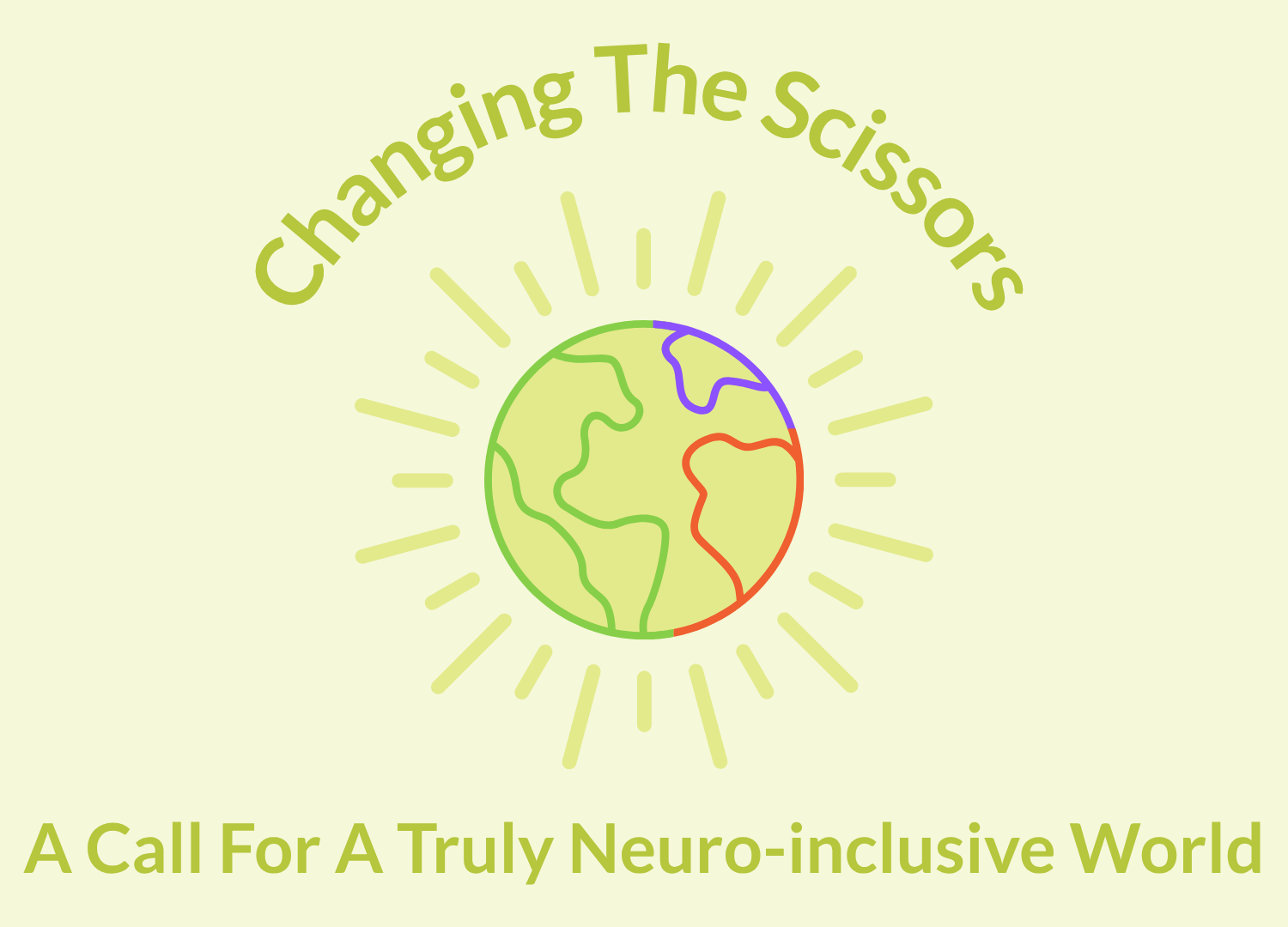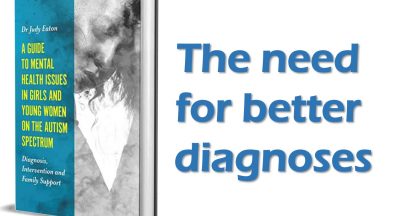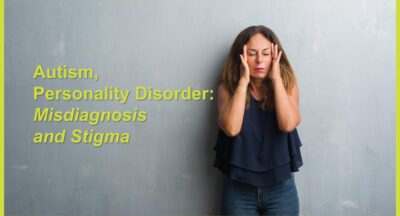
This pervasive mindset places the entire burden of adaptation on the individual child. It asks them to perform a constant, exhausting masquerade, which inevitably leads to anxiety, burnout, and a profound, internalised sense of being “wrong.” It is time for a radical paradigm shift. We must stop trying to change the child and start changing the scissors. We must commit to building a world that is neuro-inclusive by design, not as a reluctant afterthought.
What Does A Neuro-inclusive World Look Like?
Early, Accessible, And Meaningful Diagnosis For All
However, the process cannot end with a report. We must advocate for:
- Reduced waiting lists: Investing in diagnostic services is essential to cut the years-long waiting times that leave families in crisis.
- Comprehensive post-diagnostic support: A diagnosis should be immediately followed by practical support for families. This includes guidance on understanding their child’s unique sensory profile, communication style, and support needs, empowering parents to become confident and effective advocates.
Deep And Nuanced Training For Professionals On The Front Line
This includes:
- Teachers and Teaching Assistants: Training must go beyond basic awareness to cover sensory processing, emotional regulation strategies (like co-regulation), the function of stimming, and how to create a genuinely inclusive classroom culture.
- GPs and Paediatricians: As the first port of call, they need to recognise early signs, understand the different ways neurodivergence can present (especially in girls), and know how to refer families to the correct diagnostic pathway without dismissal.
- Mental Health Clinicians (e.g., CAMHS): This is perhaps the most critical area. Clinicians must be expertly trained to differentiate between autistic burnout and personality disorders, to understand the link between unmet autistic needs and mental health conditions like anxiety and depression, and to avoid applying therapies that are unsuitable or even harmful for an autistic neurology.
Building Accommodating Environments By Design
- In Schools – It means moving beyond the idea of a single “quiet corner.” It means creating a culture where sensory needs are respected, with options for movement breaks, fidget tools, and access to quiet lunchtime clubs based on special interests. It means school-wide policies on clear, literal communication, avoiding sarcasm and idioms. It means providing notes in advance and offering flexible ways to demonstrate learning, recognising that a noisy, timed exam is not a true measure of every student’s knowledge.
- In Healthcare Settings – Hospitals and clinics are often sensory nightmares. A neuro-inclusive approach would involve offering the first or last appointment of the day to avoid a crowded waiting room, sending photos of the clinic and staff in advance to reduce anxiety, providing clear, written information about what will happen during the appointment, and ensuring staff are trained to communicate patiently and respect a person’s need for processing time or non-verbal communication.
Shifting The Narrative From Deficit To Diversity
This involves celebrating the incredible strengths that so often accompany a neurodivergent mind:
- Deep focus and expertise (hyper-focus)
- Exceptional pattern recognition and logical thinking
- Creativity and out-of-the-box problem-solving
- A strong sense of social justice, loyalty, and honesty
- The ability to see the world from a unique and valuable perspective
When we reframe the conversation in this way, we stop seeing neurodivergent individuals as problems to be managed and start seeing them as assets to be nurtured. We create a world where they are not just tolerated, but are valued, respected, and empowered to contribute their unique talents.
This is our call to action. It is a collective responsibility. We must work together as families, communities, and a society to build a world where every child is handed the right tools to succeed from the very beginning. A world where no child is ever blamed for failing when the scissors we gave them were never designed for their hand.
Related Posts
The need for better diagnoses
Adult diagnosis, mis-diagnosis, and experience of parenting for autistic women...
A stitch in time or a lifetime of scars? The urgent case for early autism assessment
Exploring the need for early child autism assessments to prevent a lifetime of...
Autism, Personality Disorder: Misdiagnosis and Stigma
Over the past twelve months , I have been writing another book, along with...
Back to school for children with PDA … five years on
Article Updated - September 2022 Since this article was first written in 2017...





